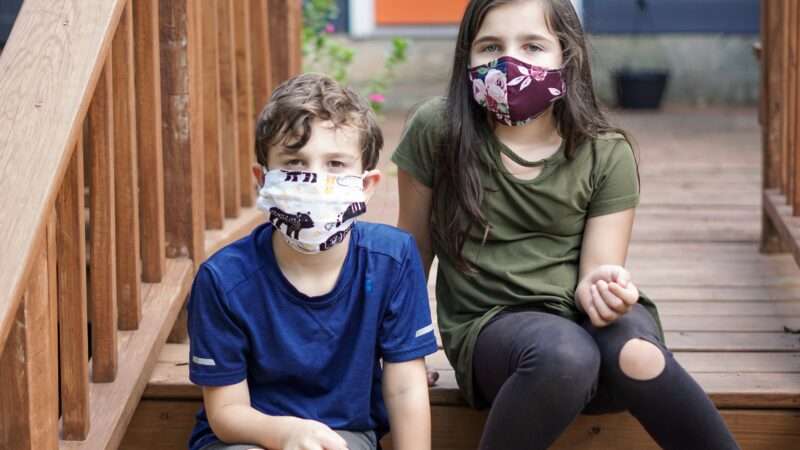
We humans get risk wrong. We focus on what’s top of mind, or top of the fear chart—not what’s a top killer.
That’s as true for COVID-19 as it is for anything else.
Consider this David Leonhardt piece in The New York Times, titled, “What Do You Do When the Kids Are Still Unvaccinated?” Here’s what it concludes:
A cautious approach may be especially sensible for families in which the children have underlying health conditions or some adults have chosen not to be vaccinated.
But other parents will be more willing to resume many parts of normal life before all of their children have been vaccinated. And those parents will be making a decision that is as scientifically grounded as the more cautious approach.
As parents, we are all making decisions based on what we know, what we think makes sense, and what we prioritize. We are allowed to accept some risk, even when it comes to our kids.
That’s because all sorts of actions carry small risks. Even when it looks like we are choosing the zero-risk option for our kids, that’s not true. There’s a risk to no risk. There are risks to kids who venture outside, and there are risks (social, emotional, educational, physical) to staying cooped up—with our without COVID-19.
But on the statistical child-danger scale, keep in mind that twice as many minors will die of drowning than of Covid. Five times more will die in vehicle accidents, according to Leonhardt.
“If protecting children from small but real risks of serious harm were society’s top goal, keeping children away from pools and cars would probably have a bigger effect than isolating them in coming months,” he wrote.
To make matters worse, adults keep getting the raw numbers wrong too, vis a vis kids and COVID-19. A survey by Gallup and Franklin Templeton found that people think 8 percent of U.S. Covid deaths have been to people under 25. The actual answer? It’s 0.1 percent.
So now let’s try a little thought experiment: Let’s replace “coronavirus” with “stranger danger.”
After all, many parents keep their kids inside, for fear of them being harmed by a stranger out there. But as with COVID-19, there is no such thing as zero risk. Staying safe inside holds its own dangers of depression, diabetes, anxiety, and obesity. As for the number of minors kidnapped by strangers, it has always been much lower than most people assume. In one survey, about 100 kids were kidnapped each year, and 92 percent made it home alive.
Yet think how much childhood has changed, based on our collective misperception of stranger danger. As reported here just a few weeks ago, a British study found the age that parents now let their kids play outside, unsupervised, has gone up by two years in just one generation. Parents who played outside on their own at age nine don’t give their own kids that freedom until age 11.
Instead, kids are spending far more time on the couch, on devices, and on homework, and because this feels like risk mitigation. We’ve mitigated risk to the point where kids now spend an average of just four to seven minutes each day outdoors in unstructured play. This does not feel like an unalloyed triumph, especially in the face of rising childhood disorders, including self-harm.
When we try to reduce the risk of something to absolute zero, we aren’t benefitting anyone—the children, least of all.
from Latest – Reason.com https://ift.tt/3hjF0nd
via IFTTT